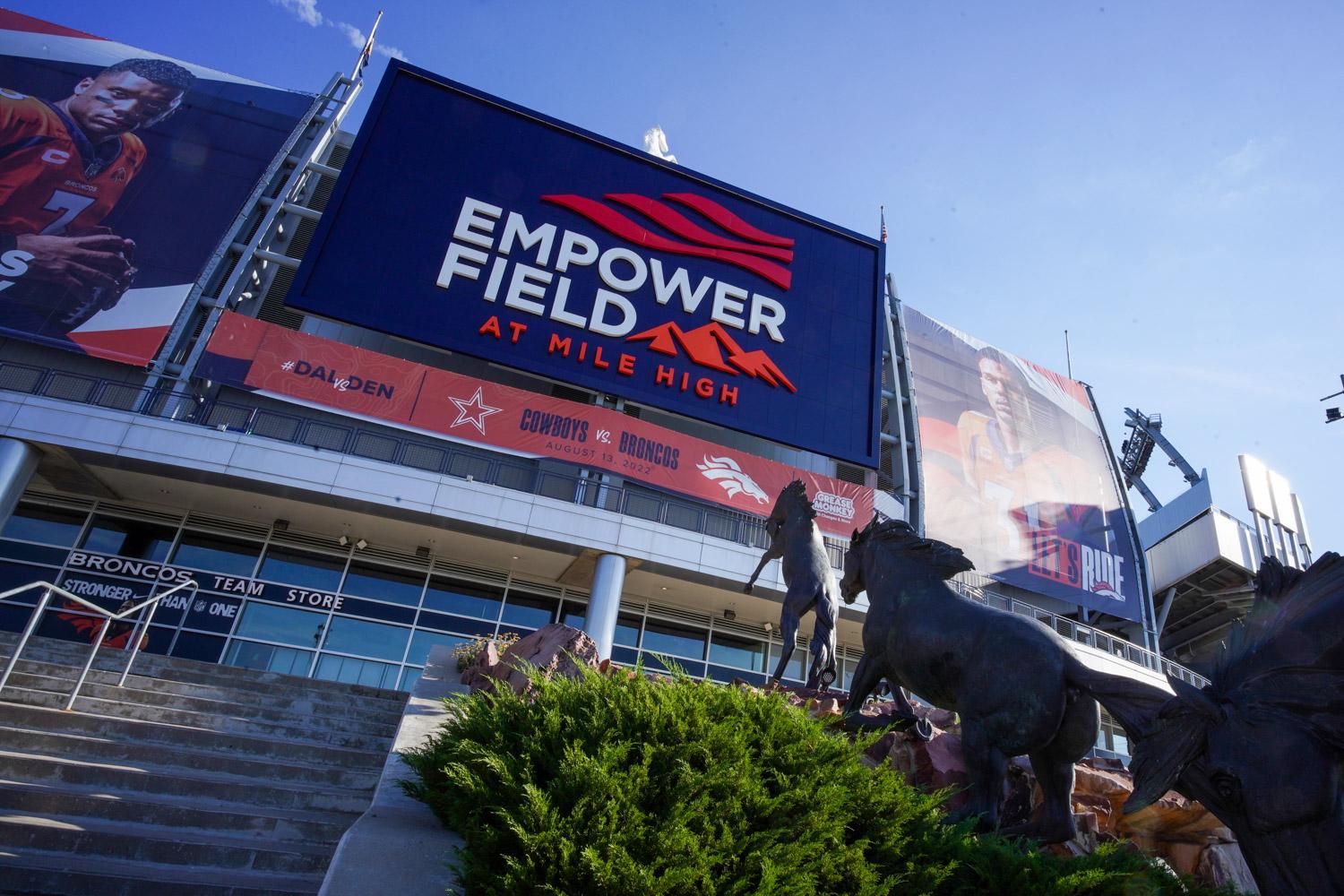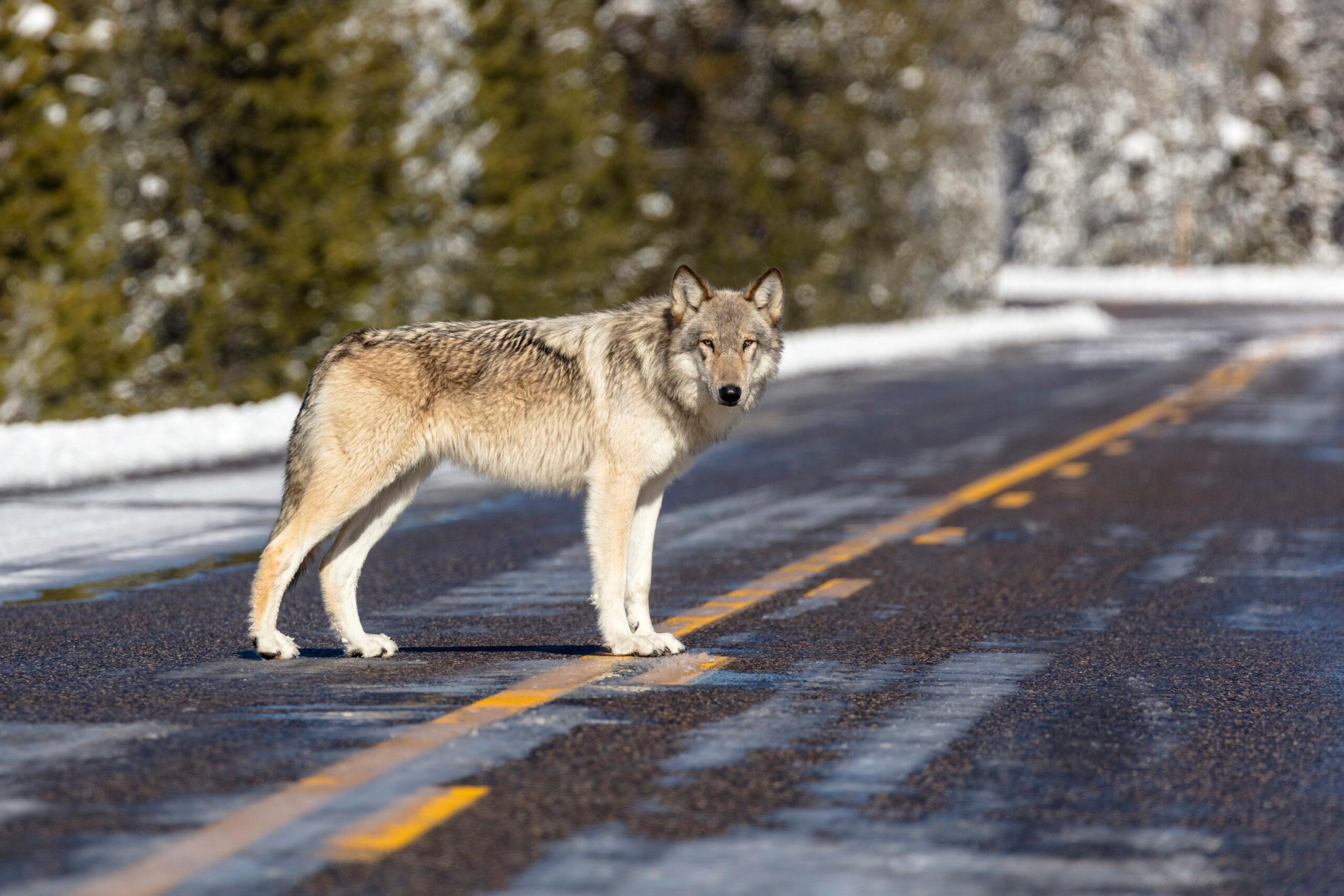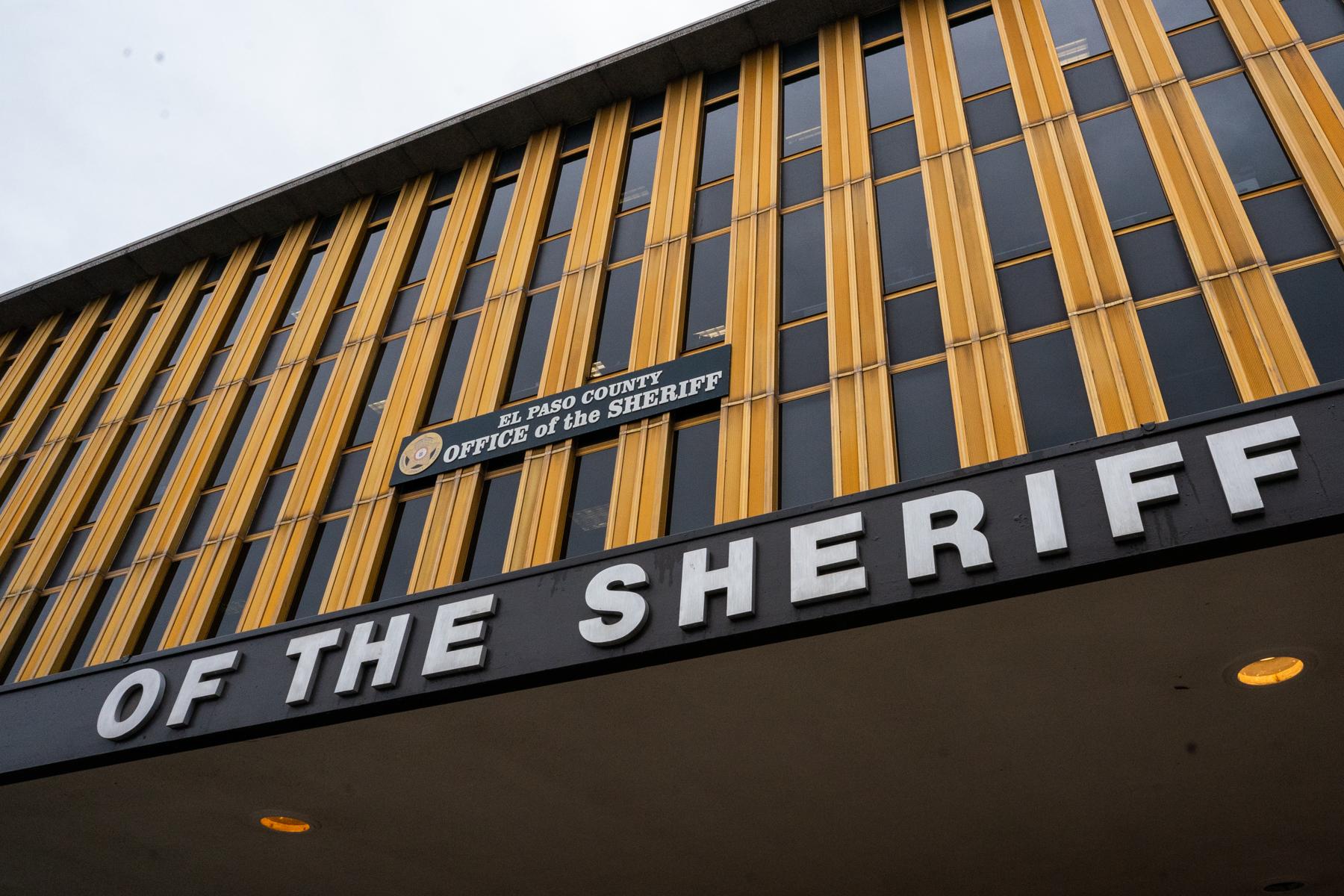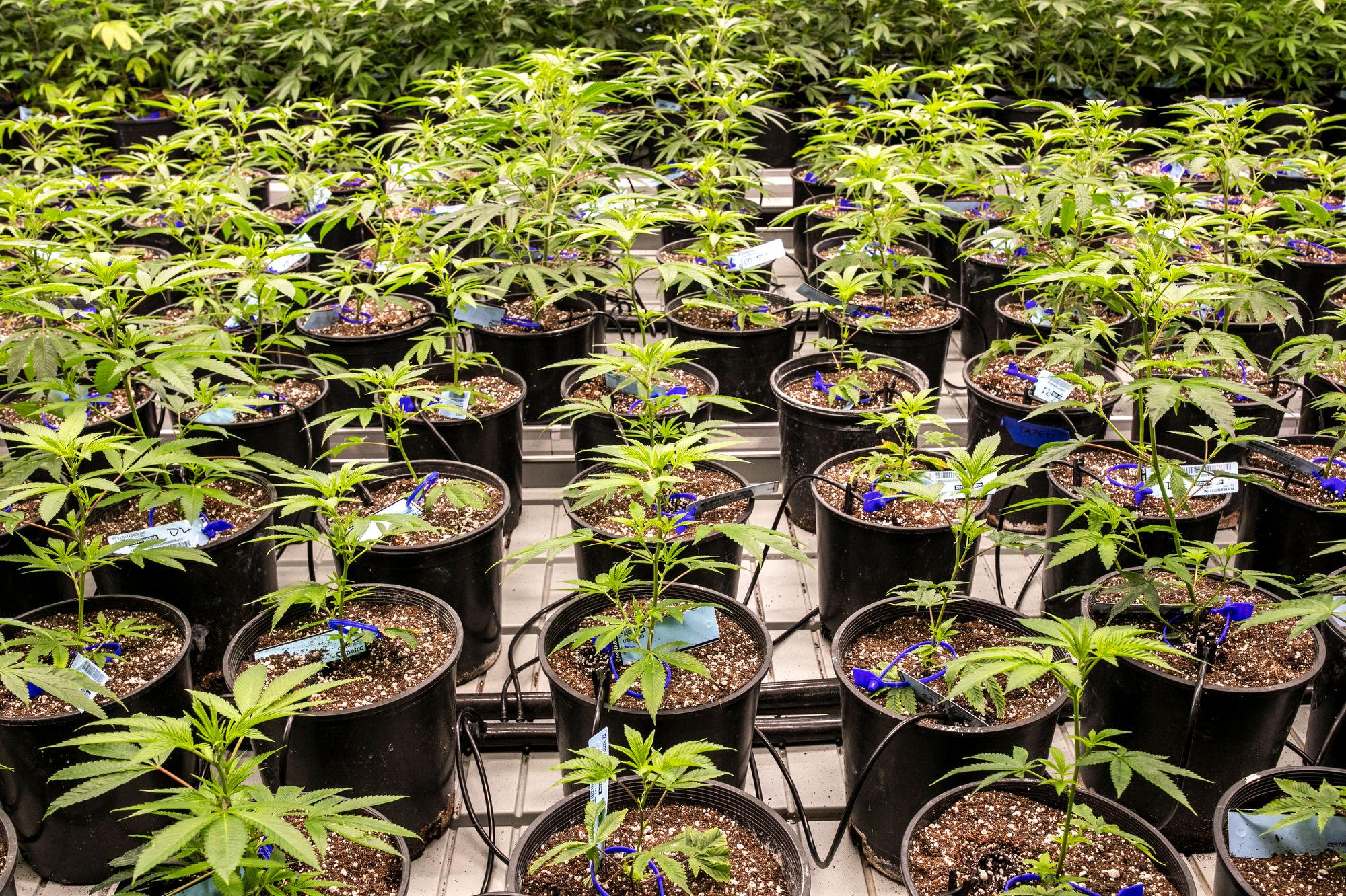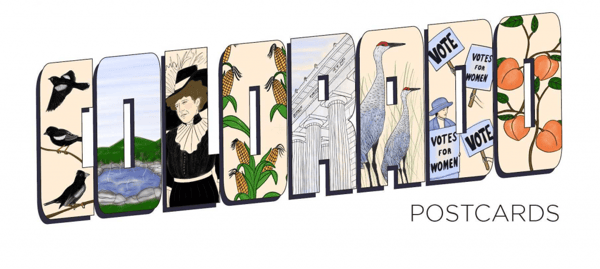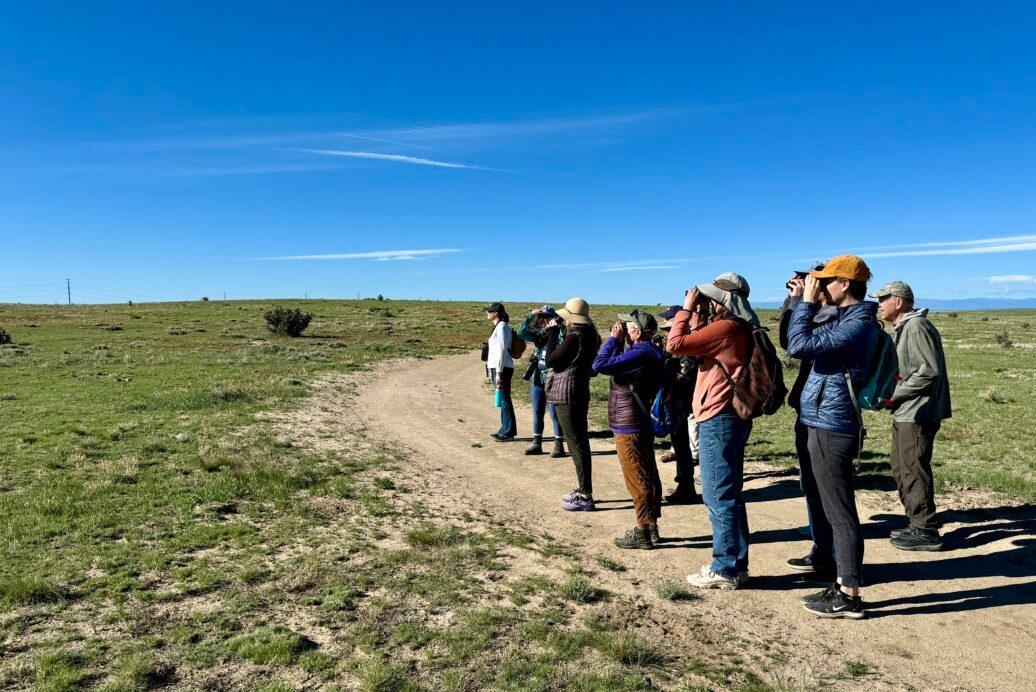
A football-sized spotted brown bird sits atop a mound of dirt in the shortgrass prairie southeast of Colorado Springs. It's hard to distinguish the faraway creature from the prairie dogs that it shares a network of burrows with.
“That’s definitely a bird,” says a birdwatcher, peering through her binoculars.
It’s a burrowing owl standing upright and still on its thin legs, appearing to float above the mound. The crew of 15 birders murmurs in excitement. They’ve patiently scouted around Kane Ranch Open Space for two hours, looking for these elusive owls.
The owl suddenly flies off, its curved wings catching the morning sun in a flash of white. It flies close to the ground for a few hundred feet before settling on another prairie dog mound. The birdwatchers lower their binoculars and turn around. They walk back down the trail, hoping to find a closer look at another burrowing owl.
The birding group was one of many outings in the Pikes Peak region last Friday during the 10th annual Pikes Peak Birding and Nature Festival. Hundreds of people participated in the four-day event, which featured nearly 90 activities across Teller and El Paso counties. Most sessions focused on birds, but a few highlighted other creatures of the region, like a bug watching walkabout and a presentation on the importance of prairie dogs as ecosystem engineers.
According to festival co-chair Jessica Miller, the third weekend in May is one of the busiest times for bird migration in Colorado.
“The weather must be right, the day lengths must be right,” she said, “whatever the physical factors out there in the environment, it’s when the most birds are moving through.”
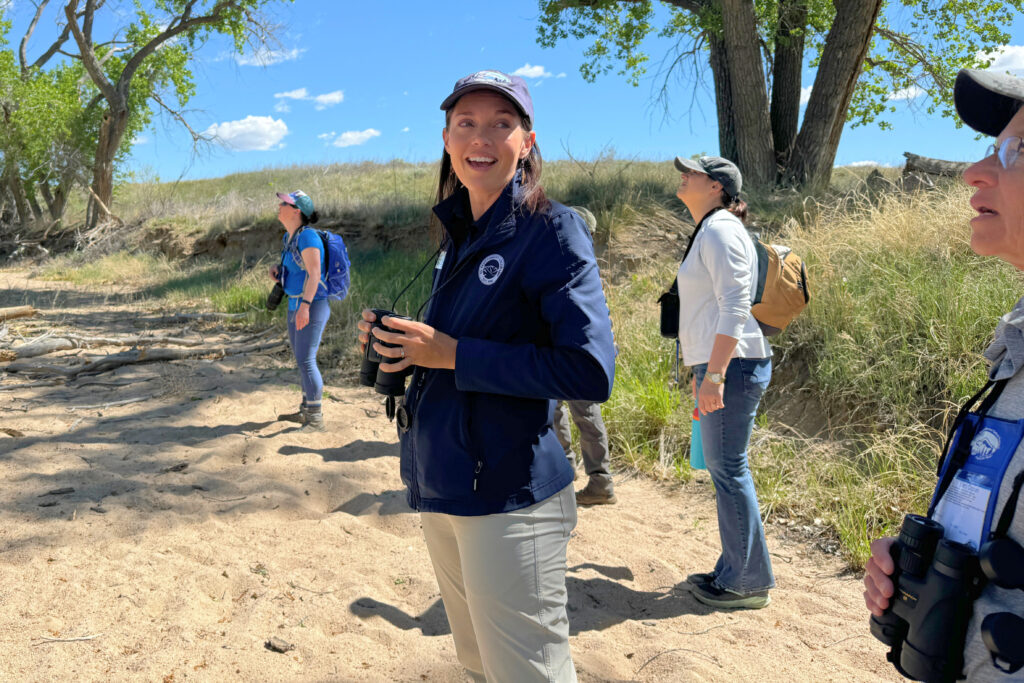
Miller led the hike at Kane Ranch, identifying birds by sight and sound and updating the group’s list of species they spotted. She’s an advocate for the shortgrass prairie east of the Front Range, and said people are often surprised by its biodiversity.
“Every little ecological niche out there has been filled by something,” Miller said before the hike.
The abundant flora and fauna of the prairie isn’t lost on Dave Savidge, a hobby botanist who traveled from Berkeley, California with his wife Jennifer.
“Sometimes I wonder if people just walk along and don’t see the flowers, or hear the birds, or remark on the butterflies, or the bumblebees,” Savidge said. “This is an amazing world around us, and you start to learn about it, and the more you learn about it, the more it opens up.”
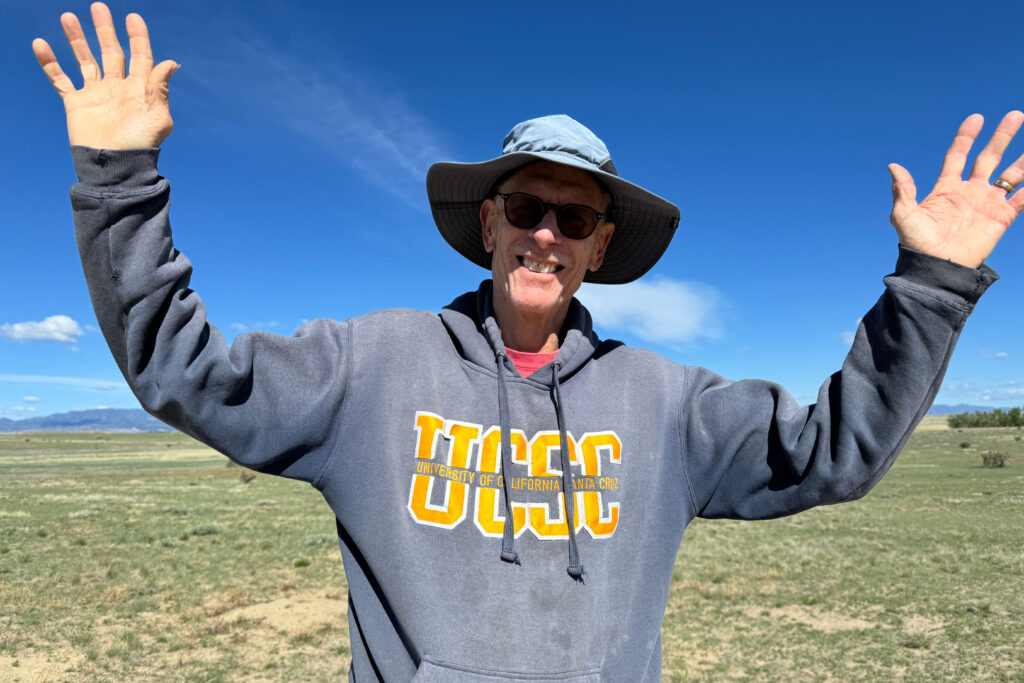
The group exploring Kane Ranch covered about three miles in three hours. That might sound slow, but for birders, the crawling pace is a result of frequent stops to identify what appears to be balls of feathers in the distance. They saw 31 species in total out of the nearly 250 on the festival list. Among the highlights were bright orange Bullock’s orioles, red crested and speckled ladderback woodpeckers and a pair of broad-winged great horned owls.
The outing was a birding first for Kris Gideon from Monument.
“I wanted to tag along because I teach beginner watercolor and we’ve done some of the local birds,” she said. She paints from photos in her classes, so finally seeing those birds in real life was gratifying.
“It was fun to see a lark bunting because I didn't even know it was the state bird.”
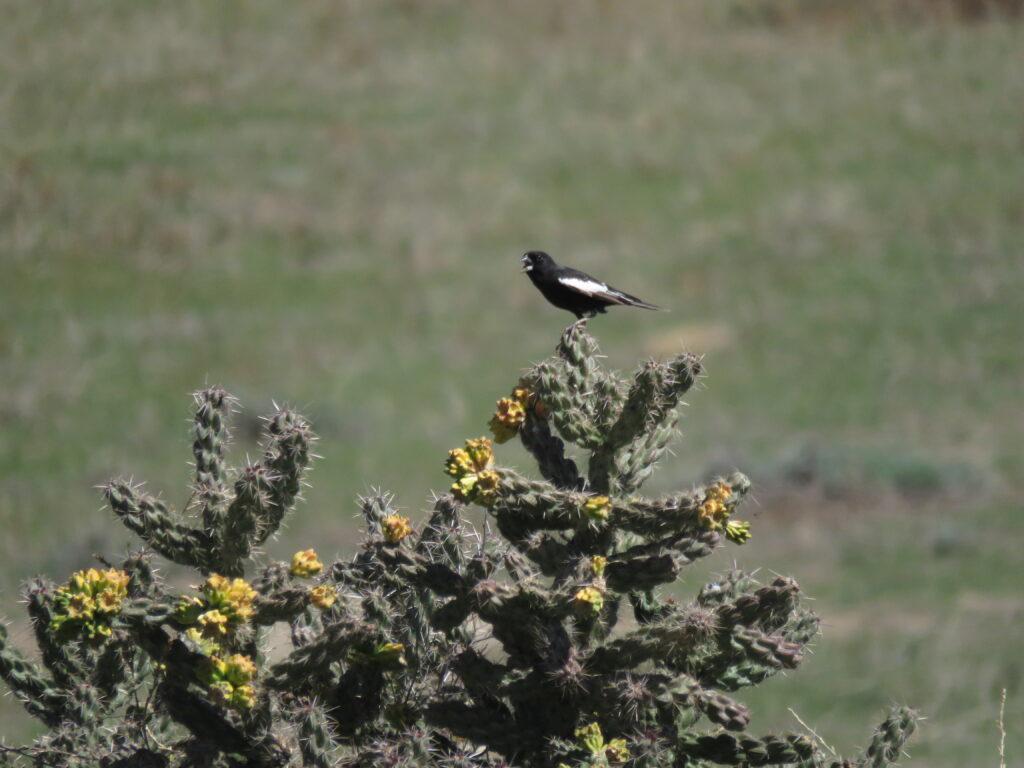
According to Miller, surveys like these provide essential data on what species are in the region, how many there are, and where they make their nests. Birding is a form of collection, she said, and over the course of the festival, documented sightings from attendees regularly catalog half the species seen in Colorado.
The festival is also an opportunity for people who have never been birding to get outside and appreciate nature in the Pikes Peak region.
“You don’t have to know what bird is singing for the sound of that bird to calm your mind,” said Miller.
Miller said many migratory birds, including the burrowing owl, will be in Colorado throughout the summer to breed and raise their young before flying south in the fall. So, she said, it’s a great time to see them.
Pockets of water and greenery across the front range are the best places to see rare seasonal birds according to Miller.
If you go out to look for birds, make sure to do so responsibly. According to the American Birding Association, birders should avoid disrupting nests and feeding sites, limit the use of audio recordings to attract rare birds, and stay on trail.
- During migration season, turn off your lights to help birds fly safe
- 25,000 sandhill cranes – spared by bird flu – arrive in San Luis Valley just in time for Monte Vista festival
- After a two-year pandemic hiatus, a tiny town on Colorado's eastern plains welcomes visitors to see the 'ghost of the prairie'
- Colorado Postcard: Mountain Plover

